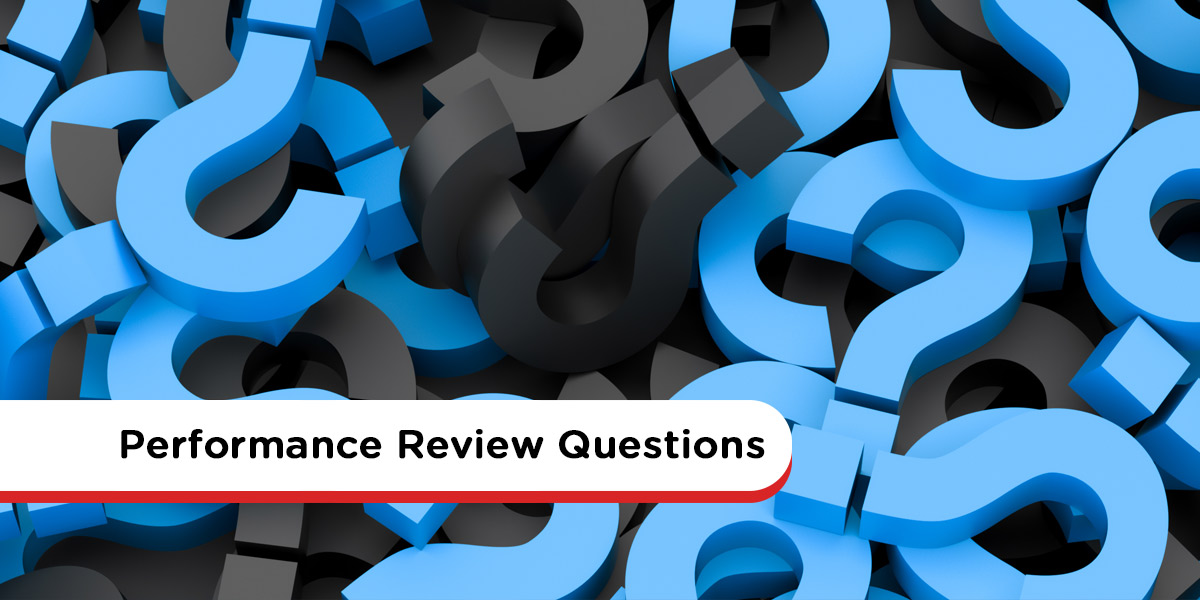
Your New Intranet Starts Here
Streamline communication, boost collaboration, and empower your team with MyHub's intuitive intranet solution.
Book a live demo now and experience the difference.
Take a Quick TourDefining objectives and setting goals are fundamental in every business. After all, you wouldn’t lead a sales team without a clear set of targets, and quality control measures swiftly resolve defects in manufacturing processes. Yet, when it comes to employee engagement goals, clarity often fades. Employee engagement means different things to different people, which makes having robust goals and targets even more critical. Without them, how can you ensure engagement truly impacts your business?
Employee engagement requires the same goal-oriented approach as other business areas. Focus on developing SMART goals rather than simply sending out an employee survey and patting yourself on the back.
Getting started can feel daunting when time is short and direction unclear. If setting employee engagement goals has sent you into a panicked Google search, we’re here to help. Below are five practical best practice tips designed to inspire, motivate, and drive measurable results.
This post is essential reading if you want to kickstart employee engagement or refocus a program that has lost momentum.
Identify Your Overall Employee Engagement Goals
Many organizations have vague objectives, often limited to simply increasing engagement rates. To succeed, you need a clear understanding of what employee engagement means for your organization. Engage senior managers and executives in goal-setting sessions, because engagement starts at the top.
For some, it’s about becoming an employer of choice to attract top talent. Others focus on improving customer satisfaction, knowing engaged employees provide superior service. Increasing employee retention may also be the primary motivation, particularly if your organization has historically struggled with high turnover.
Remember, priorities evolve. This year, retention might be critical; next year, it may be reducing absenteeism or fostering a high-performance culture. Employee engagement is not a sprint, it’s a marathon.
While organizational objectives matter, employees have unique perspectives. The only way to uncover them is to ask. Engaging staff directly prevents disengagement and reduces the risk of talented employees leaving for better opportunities.
Conduct An Employee Survey
Staff surveys serve multiple critical purposes:
- Gather employee feedback, insights, and opinions
- Give your workforce a voice
- Enhance the employee experience
They also help achieve business objectives:
- Measure and track progress on engagement
- Benchmark performance against competitors
- Drive company growth
- Identify areas for improvement
You don’t need expensive consultants to run a survey. Use your company intranet or other online tools to create your own survey.
Boost participation by keeping surveys concise, no longer than ten minutes. If you have many questions, supplement the main survey with pulse surveys on specific topics. Always make surveys anonymous to encourage honest feedback.
Develop SMART Employee Engagement Targets
Once you have defined the primary focus of your employee engagement program and established broad objectives, the next step is to create specific targets that drive measurable results.
Avoid vague goals like “improve staff feedback” or “get better staff survey results.” Instead, set SMART targets, specific, measurable, attainable, relevant, and time-bound, to ensure clarity and accountability.
For example, if your key focus is reducing absenteeism, don’t simply say “cut down on staff absenteeism.” A stronger goal might be: “Reduce employee absenteeism by 2% each month by year-end.” This clearly defines what’s required and the timeline for achievement.
Also establish milestones and KPIs for each target. Defined checkpoints help track progress, maintain accountability, and keep your engagement strategy on course.
Identify Success Measurements
Setting employee engagement goals is only effective if you can accurately measure their impact. A data-driven approach allows you to track progress, evaluate effectiveness, and make informed decisions about future priorities.
It’s equally important that executives and managers act on this data. Failing to address survey findings can damage trust and morale, making employees feel their input is ignored.
Your staff survey provides valuable baseline data you can monitor over time. Depending on your overall objectives, consider tracking additional metrics such as:
- Staff turnover and retention rates
- Levels of absenteeism and sickness
- Employee Net Promoter Score (eNPS)
- Customer acquisition and retention data
- Customer satisfaction scores
- Productivity and profitability metrics
Make employee engagement metrics a standing item at board and senior management meetings. This reinforces organizational accountability and signals to employees how important engagement is to the company’s long-term success.
Employee Engagement Best Practices
The four steps we’ve outlined will help you launch or revitalize an employee engagement strategy that delivers measurable results.
To simplify planning, use sample engagement goals and success measures as a starting template to create your own. Focusing on just a few key areas, rather than trying to accomplish everything at once, prevents burnout and maximizes impact.
For many companies, top priorities include customer satisfaction, improved employee retention, and strengthening overall company culture. These focus areas provide a solid foundation for building a high-performing, engaged workforce.
Employee Engagement Goals Examples
Culture
An overall goal might be to promote a strong company culture that supports a healthy work-life balance for all employees.
Possible targets to support that goal include the following:
- All team leaders to set up an annual calendar of team-building activities with a minimum of three events by quarter 1.
- HR to develop a corporate volunteering initiative by the end of the financial year. All staff to take part in one volunteering day each year as monitored by team leaders.
- Convene a cross-departmental working group chaired by the chief operations officer to develop employee wellness initiatives. The working group should report to the board by the end of September.
And here are some possible success measurements:
- Increase in the percentage of staff reporting an improvement in team spirit in the employee survey
- Positive feedback from community volunteering partners
- Reduction in absenteeism and sickness of x percent
- A positive increase in employee satisfaction on independent sites like Glassdoor
Employee Retention
When it comes to retaining top talent, your overall goal might be along these lines: Increase employee retention of x percent over the next 12 months.
Sample targets to support improved employee retention could be as follows:
- HR will implement a company-wide staff recognition scheme by quarter 2.
- Chief HR officer to set up an internal mentoring program by the end of June.
- Heads of service to review the effectiveness of employee onboarding by 31 October.
Possible success metrics are as follows:
- Reduced percentage of staff reporting that the organization does not recognize or reward them in the annual survey or snap polls.
- Decrease in the number of employees leaving overall, particularly before three years of service, as collected by HR.
- Increase in the satisfaction rate of new hires.
Customer Satisfaction
Enhanced customer satisfaction is another common employee engagement goal. And a possible overall goal here might be to create a customer-centric culture.
Specific targets to support that could include the following:
- Line managers develop personalized professional development plans for each employee as part of annual performance reviews. All programs are to be completed by the end of quarter 4.
- CIO to implement chatbots as part of our online customer service strategy by the end of quarter 3.
- Improve response times to online inquiries from the current four to three hours by 31 March.
Possible success measurements for this employee engagement goal are as follows:
- Percentage increase in positive customer feedback and star ratings from Facebook and Google reviews
- Increase in customer retention rates
- Decrease in customer churn rate
- Better customer satisfaction with a higher net promoter score
Best Employee Engagement Programs
If you want your company to have the best employee engagement program, clear goals and objectives are a must. Just make sure your goals are specific and measurable. This will help you monitor progress more efficiently. You can then report to management and, of course, staff on how you are doing.
And while it’s great to set challenging goals, they must also be realistic. Your credibility and the program are on the line.
Employee Engagement Goals: Quick Summary
Here are the main takeaways to take on board:
- Set realistic SMART goals: Be clear and direct about what you want to achieve. Identify overall goals and break them down into specific targets. However, don’t overdo it. Small steps soon add up to real progress and are easier to achieve.
- Get your people involved: Conduct an employee survey to set a baseline and identify priorities. Use your intranet, team chat, and company communications channels to keep staff informed and involved.
- Measure your success: The most effective programs include success measures. Identify yours at the start and ensure managers and executives have monitoring responsibilities, so you stay on course.
Why Improving Employee Engagement Is Good For Business
There are also substantial hidden costs to low engagement. Disengaged employees can negatively influence their colleagues, creating a ripple effect of poor morale that’s hard to reverse. In fact, studies reveal that disengaged staff are more likely to be involved in industrial accidents, companies with engaged teams experience 48% fewer safety incidents.
Low engagement often leads to higher costs in performance management, long-term sickness claims, and workplace grievances. Legal disputes and grievance proceedings drain resources and damage culture.
In short, improving employee engagement means more productive staff and stronger customer service, resulting in happier customers and healthier profits. It’s a clear win-win for employees and the organization.
Improving Employee Engagement Steps
No need for a 250-page report. Here are key, actionable steps your organization can take to increase employee engagement. Improving engagement is about creating the right workplace conditions, which these steps address.
- Set Clear Expectations: Establishing clear goals, rules, and a shared sense of purpose is fundamental. Provide regular feedback so employees understand how they are progressing. Without clarity and consistent communication, staff may feel lost, undermining engagement and productivity.
- Improve Internal Communications: Effective internal communication goes beyond sharing updates. It involves two-way conversations where staff input is actively sought and valued. Use methods such as team briefings, executive roadshows, or staff conferences. Digital tools like a company intranet or blog are invaluable for organizations with remote teams or multiple locations.
- Recognize And Reward Employees: Recognition doesn’t have to mean big bonuses. From a simple “thank you” to a formal employee recognition program, acknowledging hard work builds motivation and loyalty. Consider low-cost ideas like a team lunch after a major win or a feature in the staff newsletter, small gestures can have a big impact.
- Collect And Analyze Data: You can’t improve what you can’t measure. Start with an employee survey to capture current sentiment. Follow up with focus groups for deeper insights into pain points. Use this benchmark data to design a three- to five-year strategy for sustainable improvements, ensuring that engagement becomes part of everyday operations, not just an annual task.
Improving employee engagement is essential to long-term business success. The formula is simple: clear expectations, strong communication, and meaningful recognition. Focus on these pillars and you’ll see measurable gains in morale, productivity, and your bottom line.
If you’re ready to boost engagement, contact the MyHub team for a no-obligation chat. MyHub’s cloud-based intranet improves internal communication, streamlines processes, and fosters collaboration. Book a free demo or start a 14-day trial to explore the possibilities.
FAQ Section
What makes a good employee engagement goal?
A good goal is specific, measurable, relevant, realistic, and time-bound (SMART). It should clearly define what success looks like—such as reducing turnover by X%, improving survey scores, or raising employee satisfaction in specific areas.
Why should companies run engagement surveys?
Surveys help establish a baseline, give employees a voice, surface issues and priorities, and provide data to track progress. Without knowing where things stand, goal setting is guesswork.
What metrics are useful to track engagement goals?
Metrics might include retention/turnover, absenteeism/sickness, productivity, customer feedback, engagement survey response rates, and qualitative input (comments, focus groups). The key is to pick those aligned with your organizational priorities.




